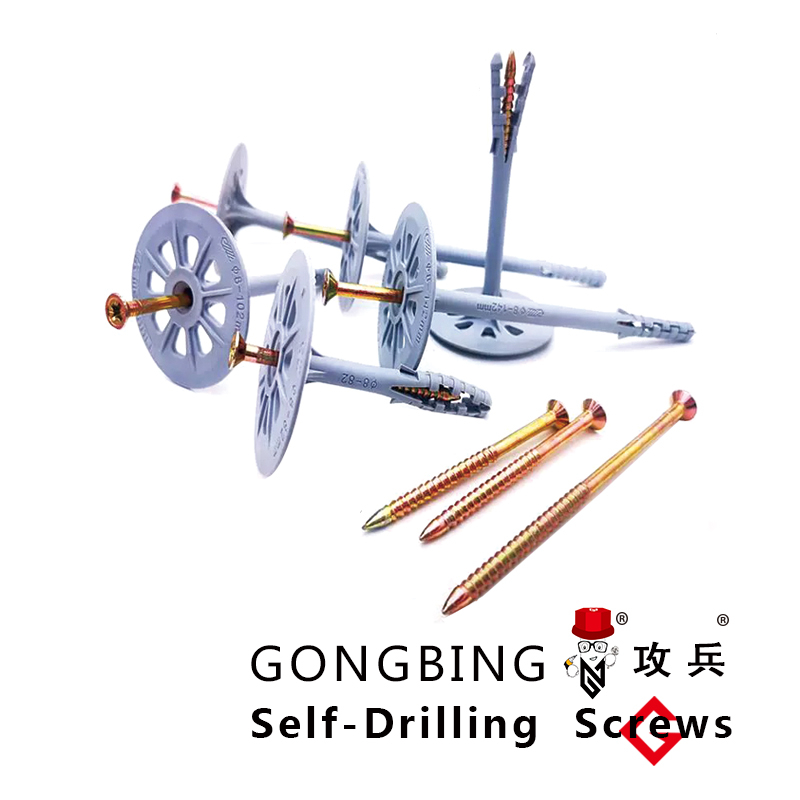types of structural fasteners
Types of Structural Fasteners
Structural fasteners are essential components in the construction and manufacturing industries, providing the necessary strength and stability to various structures. They play a critical role in holding materials together, ensuring that buildings, bridges, and machinery can withstand mechanical forces and remain safe for use. Among the diverse array of fasteners, several key types stand out due to their unique properties and applications.
Types of Structural Fasteners
2. Nuts Nuts are fasteners with a central hole that is internally threaded, designed to pair with bolts. They provide a secure way to fasten two or more components together. There are several types of nuts, including hex nuts, lock nuts, and wing nuts. Lock nuts are designed to resist loosening under vibrations, while wing nuts allow for easy hand-tightening.
types of structural fasteners

3. Screws Screws differ from bolts in that they are typically used to fasten materials without requiring a nut. They have a sharp tip to penetrate materials and spiral threads to grip into the base material. Wood screws and machine screws are the two primary types; wood screws have a coarse thread for grip in wood, while machine screws are used with a pre-drilled hole in metal or plastic.
4. Rivets Rivets are permanent fasteners that are used to join two or more components by deforming the rivet itself, creating a strong bond. They are commonly found in applications where welding is not feasible, such as in aircraft and bridge construction. The most popular types of rivets include solid rivets, blind rivets, and tubular rivets.
5. Anchors Anchors are fasteners used to attach structures to concrete or masonry. They provide a secure hold and are vital for ensuring stability in constructions prone to movement or seismic activity. Common varieties include expansion anchors and chemical anchors.
In conclusion, structural fasteners are fundamental elements in ensuring the stability and safety of various constructions. By understanding the different types of fasteners and their respective applications, engineers and builders can select the most appropriate fasteners for their projects, ultimately contributing to the longevity and integrity of the structures they create.
-
Weatherproof Plastic Expansion Anchors for OutdoorNewsJun.06,2025
-
Sustainability in the Supply Chain: Eco-Friendly TEK Screws ProductionNewsJun.06,2025
-
Load-Bearing Capacity of External Insulation FixingsNewsJun.06,2025
-
Double Head Bolts: Enhancing Efficiency in Industrial MachineryNewsJun.06,2025
-
Corrosion Resistance in Chipboard Screws: Coatings for Wholesale DurabilityNewsJun.06,2025
-
Butterfly Toggle Bolts : Enhancing Structural ResilienceNewsJun.06,2025
